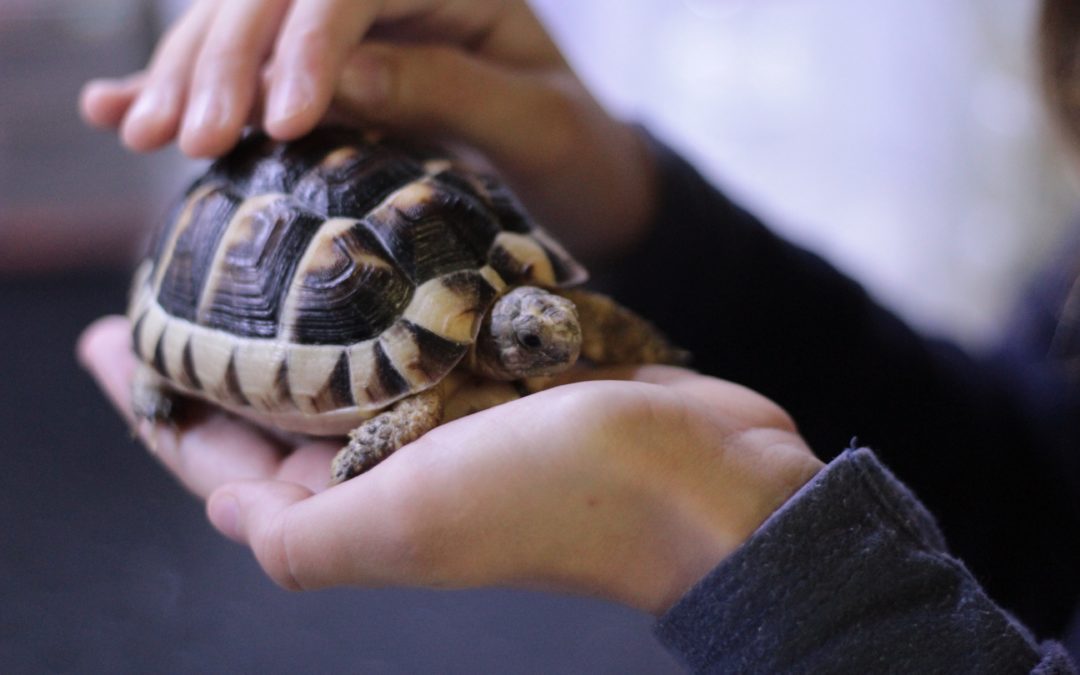Richard Dennis wanted to find out whether great traders are born or made
Legendary commodity traders Richard Dennis and William Eckhardt conducted the famous turtle experiment in order to prove that trade could be taught to anyone.
Dennis achieved great success by the early 1980s in the world of trading. He had managed to convert an initial stake of less than $5,000 into more than $100 million. Dennis and Eckhardt often discussed about their success. Dennis firmly believed that anybody could be taught to trade the future markets but Eckhardt always countered that Dennis was a gifted one and that allowed him to profit from trading. Bill was of the opinion that genetics and aptitude were the ruling factors.
To settle the matter, Richard suggested that they recruit and train some traders and give them actual accounts to trade to see which one of them was correct.
They gave out a large ad advertising positions for trading apprentices in Barron’s, the Wall Street Journal and the New York Times. The ad stated that after a brief training session, the trainees would be supplied with an account to trade.
Richard at that time was probably the most famous trader in the world. He received submissions from over 1000 applicants. He interviewed 80 out of these.
A group of 10 was formed which became 13 after Richard added three more people he already knew to the list. They were invited to Chicago and trained for two weeks at the end of December, 1983 and began small accounts at the beginning of January. After proving themselves, Dennis funded most of them with $500,000 to $2,000,000 accounts at the start of February.
“The students were called the ‘Turtles.’ (Mr. Dennis, who says he had just returned from Asia when he started the program, explains that he described it to someone by saying, ‘We are going to grow traders just like they grow turtles in Singapore’).”—Stanley W. Angrist, Wall Street 09/05/1989
The Turtles became the most famous experiment in trading history because in the next four years, an average annual compound rate of return of 80% was earned.
So, Rich proved that trading could be taught. He proved that with the help of a simple set of rules, he could convert people with little or no trading experience into excellent traders.
The Turtle Trading System was a Complete Trading System—one that covered every aspect of trading and left virtually no decision to the subjective whims of the trader.
A Complete Trading System covers each of the decisions required for successful trading:
Markets: The first decision is what to buy and sell, or essentially, what markets to trade.
Positioning Sizing: It is the absolute fundamental decision about how much to buy or sell.
Entries: The decision of when to buy or sell is often called the entry decision.
Stops: Traders who do not cut their losses will not be successful in the long term. The most important thing about cutting your losses is to predefine the point where you will get out before you enter a position.
Exits: Any trading system that does not address the exit of winning positions is not a Complete Trading System.
Tactics: Once a signal has been generated, tactical considerations regarding the mechanics of execution become important.
Markets: The Turtles traded liquid futures that traded on U.S. exchanges in Chicago and New York.
Position Sizing: The Turtles used a volatility-based constant percentage risk position sizing algorithm.
Entries: The Turtles used two related system entries, each based on Donchian’s channel breakout system.
Stops: The Turtles used N-based stops to avoid large losses in equity.
Exits: The Turtles used breakout based exits for profitable positions.
Tactics: Miscellaneous guidelines to cover the rest of trading the Turtle System Rules.
The art of learning to be a good trader—or even an excellent trader—is nothing impossible. It only requires a lot of sincere hard work and a healthy dose of skepticism. For those of us who opted this path, it’s a never ending journey. Those who continue to be successful will never reach their destination, but will learn to find the joy in the journey itself.




